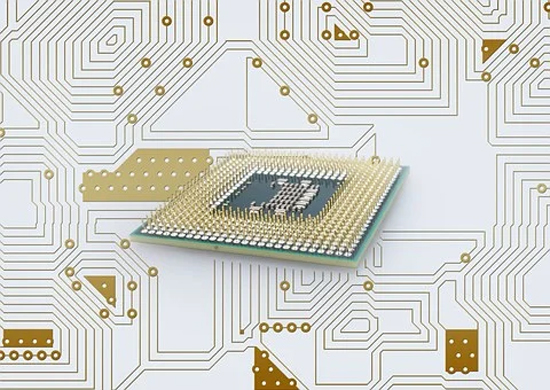Curing Black Pad – How Experts of PCB Repair Services Deal with Nickel Corrosion on PCBs
Jun 1st 2021

One of the most common problems providers of PCB Repair Services face is “black pads.” This term refers to nickel corrosion on PCBs with ENIG surface finishes (Electroless Nickel Immersion Gold). When PCBs with ENIG surface coatings go through soldering, the assembly operators need to take extreme care to make sure the solder adheres to the quality of the underlying electroless nickel plates.
The immersion gold on these surfaces is extremely thin. After soldering, the gold dissolves entirely, causing the solder to bond directly with the electroless nickel plates. However, when these plates are contaminated, the solder joints are weak. In between these weak solder joints, layers of oxidation form and prevent electrical connections to the PCBs.
Once the failed assembly is detached, and all the layers are removed, operators see traces of nickel and phosphorous on both the PCB pads and on the surfaces of the failed solder joints. These traces are black in color; hence these defects are named “black pads.” Unfortunately, detecting these defects during standard quality-control procedures is impossible.
The immersion gold (from the ENIG surface coatings) mask the presence of nickel and phosphorous traces. The “black pads” keep increasing in number as corrosion spreads throughout the boards. Soon enough, the solderability of other components on the board is affected.
The weakly formed joints aren’t able to stay fused under pressure. These weak joints break easily. Only after these damages, the operators get to see the black pads, aka the corroded nickel.
Why Use ENIG Finishes?
Since black pad errors only take place on PCBs that are coated using ENIG, the simplest solution for avoiding these errors is to stop using ENIG processes for coating the PCBs, right? Well, the ENIG process is one of the few PCB coating processes that comply with Europe’s strict Restriction of Hazardous Substance Directives. Plus, ENIG-coated PCBs can be soldered without using any lead.
Since the demand for lead-free soldering is currently so high, it makes no sense for PCB manufacturers to do away with this tried and tested PCB coating method. So, the only effective way of beating or at least avoiding black pads is partnering with experienced providers of PCB repair services.
These repair experts first assess the possible causes of black pads on the boards. Black pads are typically found in –
PCBs with high phosphorus content.
PCBs that receive too many “gold baths.” If the gold is thicker than two to three inches (as per the guidelines mentioned in the IPC-4552 document), there’s a risk of black pad formation.
Black pads are also quite similar to fractures on PCBs. The oxidation causes brittle fractures on the boards.
How to Avoid or Fix Black Pads?
The main issue with black pads is that these errors are often not detected until the later stages in the PCB manufacturing process. In these stages, the PCBs are already loaded with components and salvaging them is out of the question. That’s why PCB inspection experts must always look for signs of black pads (e.g., spiky formations near the nickel boundaries on the PCBs) all throughout the PCB manufacturing process.




